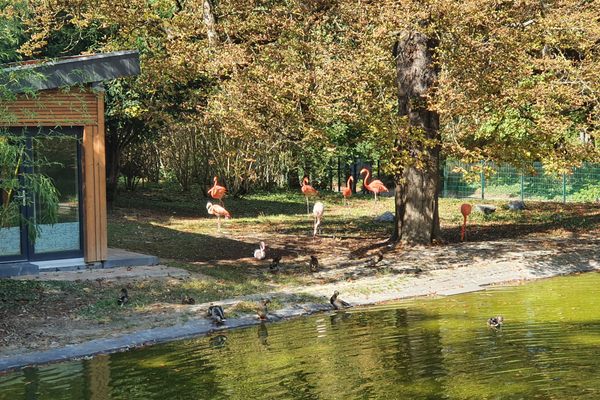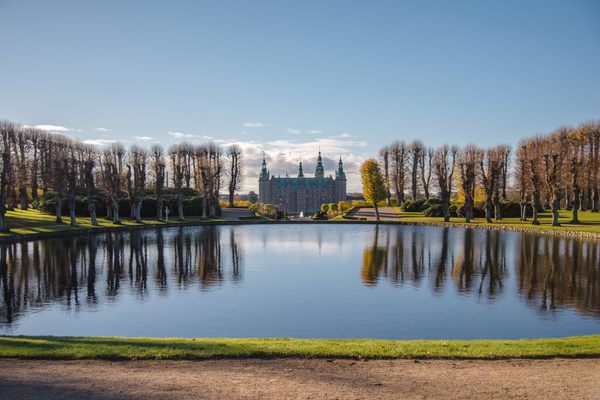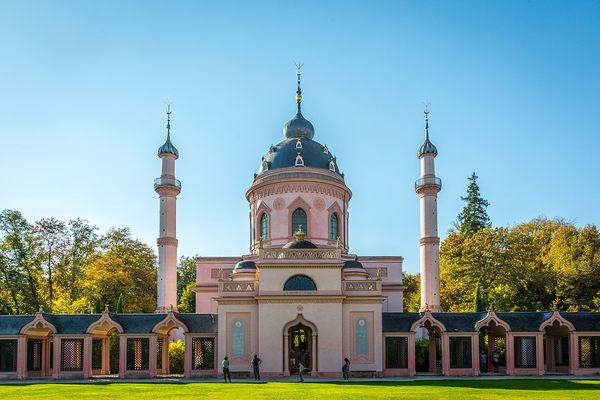Sanspareil Rock Garden
These 18th century gardens tell a rocky story of the son of Odysseus.
You could call Sanspareil, in the German town of Bayreuth, a fan fiction rock garden. Commissioned in the mid-18th century by Margravine Wilhelmine, sister of Frederick the Great, it tells a 17th century story of an ancient Greek boy — all through landscaping.
The Margravine (which is kind of like a baroness) was inspired to create the gardens by a French novel, François Fénelon’s The Adventures of Telemachus. A best-seller for its time (that would be 1699), it imagines the untold adventures of the son of Odysseus, who disappears for a while from the action in Homer’s epic tale, and shows up in Fénelon’s.
It was the island of Ogygia, home of the nymph Calypso and setting for Telemachus that sparked the imaginations of the garden’s designers, French architect Joseph Saint-Pierre and Italian artist Giovanni Battista Pedrozzi. By using the forest’s natural rock formations as their canvas, the duo created a world of ancient grottoes, ruins, and even an amphitheater. They added a central temple — in English incongruously called the Oriental Building, but in German the more romantic Morgenländischer Bau, or Building from the Morning Lands.
All of this was an expensive undertaking, even for a Margravine sister of Frederick the Great, and some features that were planned never materialized. When the money ran out, expansive water features ran out with it, and you can still find traces of this unfinished work scattered throughout the gardens.
Also missing is one of the pavilions, the Aeolus Tower, named for the mythological ruler of the winds, which was (ironically) destroyed during a thunderstorm in 1830. Soon after the storm, the gardens were closed off and Wilhelmine’s fantasy world fell into disrepair. Money troubles continued to dog her, which led to other elements being sold off for building materials.
The gardens remained closed to the public for over a hundred years, until finally, in 1951, restoration work began and the grottoes and temples slowly came back to life. The park was officially handed over to the town in 1956, and it’s been open to the public ever since.
Sanspareil is said to have gotten its name from a guest of Wilhelmine, who, when she saw the gardens, cried out “C’est sans pareil!” meaning, roughly speaking, “This place is like no other!”
Know Before You Go
Sanspareil is a borough in the municipality of Wonsees in Franconia, the upper part of the Free State of Bavaria. It's about 40 miles north of Nuremberg and 45 miles from the border with the Czech Republic. The gardens of Sanspareil are next to the medieval castle of Zwernitz, and not far from the 12th century Plassenburg castle in Kulmbach.
It’s open year round, and admission is free.























Follow us on Twitter to get the latest on the world's hidden wonders.
Like us on Facebook to get the latest on the world's hidden wonders.
Follow us on Twitter Like us on Facebook